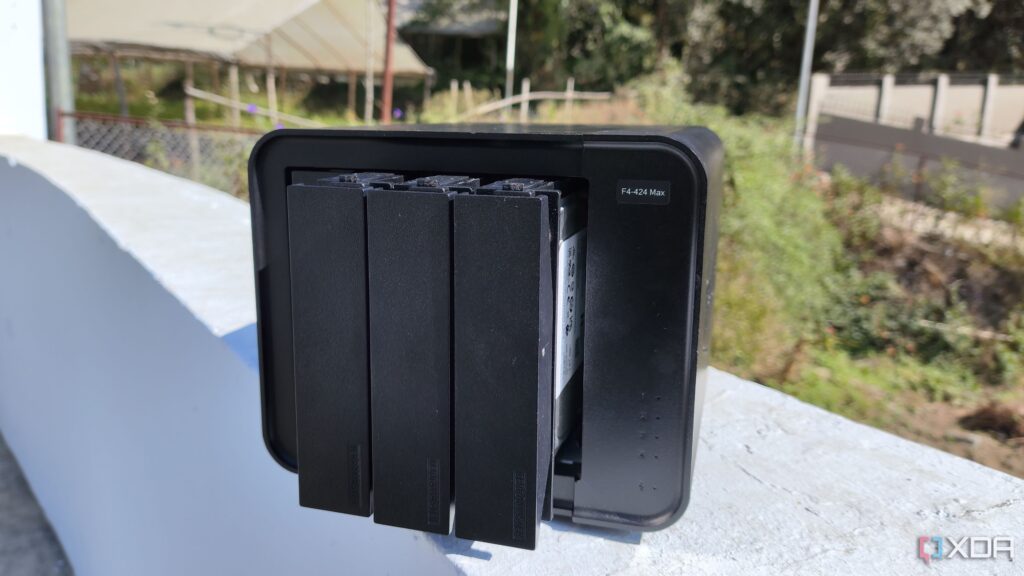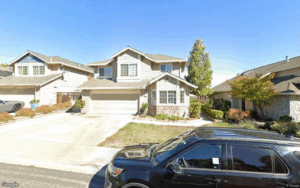
UPDATE: The latest insights on RAID levels are crucial for home lab enthusiasts and NAS users aiming to optimize their data storage solutions. As of October 2023, experts emphasize that choosing the right RAID configuration can significantly impact data security and performance.
New reports confirm that RAID (Redundant Array of Independent/Inexpensive Drives) is an essential component in the home lab ecosystem, offering varying degrees of fault tolerance and performance. However, it’s vital to understand that RAID is not a substitute for backups. Instead, it allows users to leverage spare HDDs or SSDs to enhance data reliability. The urgency to choose the correct RAID level cannot be overstated, as the wrong choice can expose data to greater risks.
For those setting up their home labs, RAID-Z1 is highlighted as a strong contender. It balances usable space with error recovery, requiring only three drives while providing solid recovery options. RAID-Z1’s unique approach of utilizing an entire disk for parity data ensures that if one drive fails, the data can be rebuilt without data loss. Unlike RAID 5, RAID-Z1’s reliance on the ZFS file system minimizes risks associated with power outages during write operations.
However, RAID-Z1 is not without its challenges. Users may experience slower write speeds due to parity calculations, and the resilvering process can be excruciatingly slow, particularly with high-capacity HDDs. If another drive fails during this time, the entire storage array is at risk. Despite these drawbacks, RAID-Z1 remains a valuable option for most home lab setups.
For those seeking enhanced reliability, RAID-Z2 offers an upgrade, allowing for two drive failures at the cost of increased overhead and reduced write speeds. Meanwhile, RAID 10 is recommended for users prioritizing performance and fault tolerance. This configuration requires a minimum of four drives and mirrors data across pairs of HDDs, ensuring that even if a drive fails, the data remains safe and accessible.
RAID 10’s design eliminates the need for parity calculations, providing faster transfer speeds ideal for data-intensive operations. However, users should be cautious of the storage capacity, as 50% is lost to mirroring. This can be a significant trade-off for many home lab enthusiasts.
For budget-conscious users, RAID 1 stands out as a practical solution. It requires only two drives and, while it sacrifices half of the total storage capacity, it offers essential fault tolerance. RAID 1 is particularly attractive for newcomers to the NAS environment, allowing them to set up reliable data storage without breaking the bank.
As the demand for data storage solutions rises, the RAID landscape continues to evolve. The 3-2-1 backup strategy is gaining traction, encouraging users to maintain multiple copies of their data across different media types. This approach ensures that even if one method fails, others can provide data recovery options. For instance, I utilize a RAID-1 backup server on my TerraMaster F2-425 NAS to safeguard my essential files.
While RAID configurations like RAID 0 offer exceptional transfer speeds, they come with significant risks, as the loss of a single drive can result in complete data loss. Thus, for the majority of users, the advantages of RAID 0 are outweighed by its drawbacks.
In summary, as RAID technology continues to develop, understanding the nuances of each level is critical for optimizing home lab setups. With the right approach, users can enhance their data protection strategies and ensure that their systems are resilient against potential failures. Stay informed and proactive to secure your digital assets!





